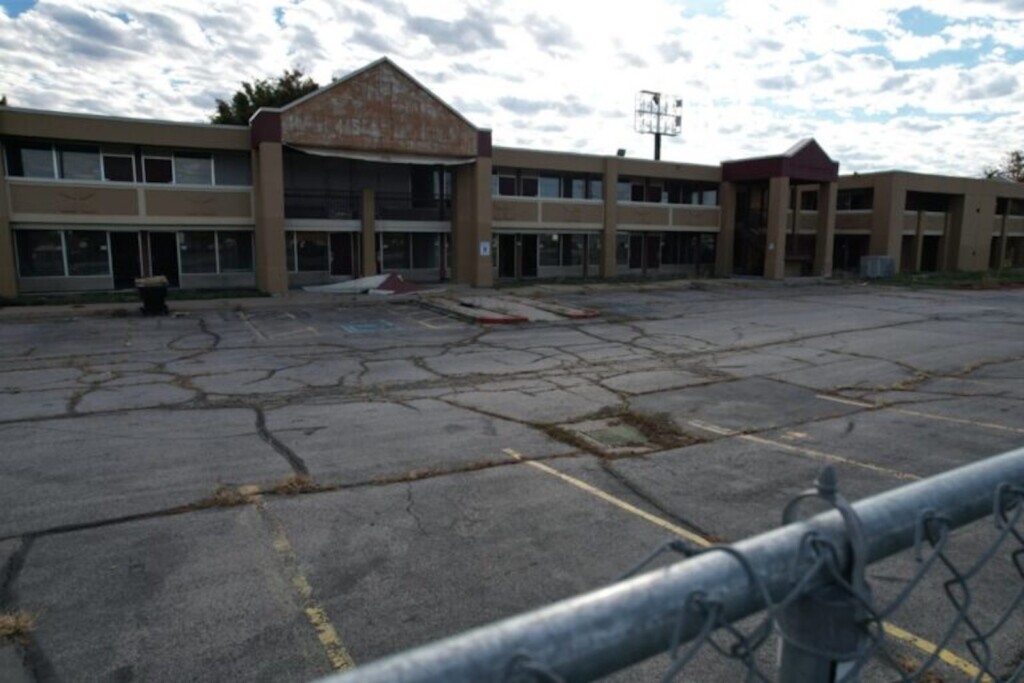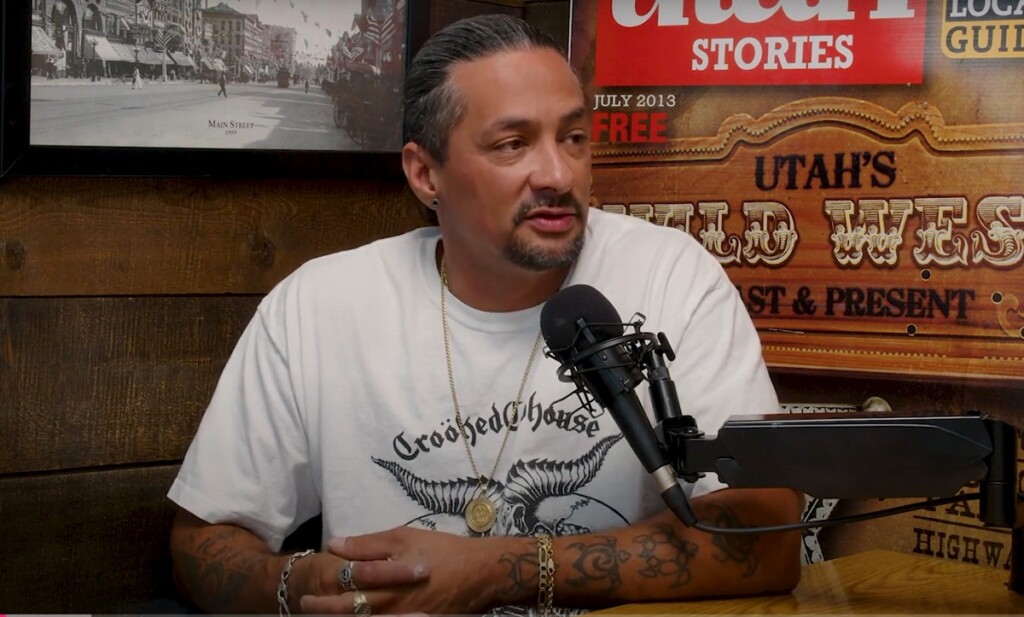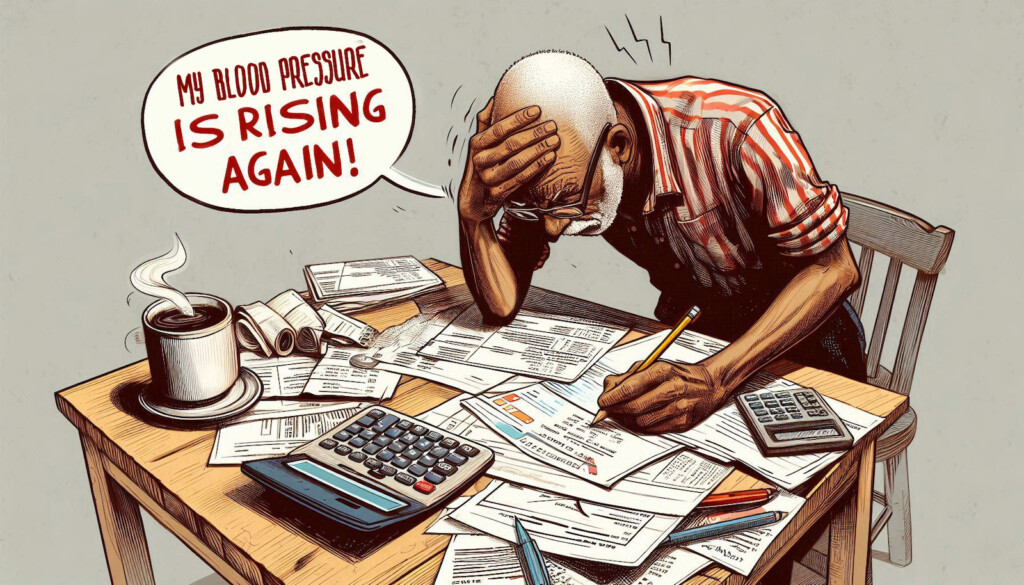One year ago, the Ramada Inn located at North Temple and Redwood Road was slated to become a huge facility offering housing to more than four hundred homeless people in 197 units. After a series of missteps, the facility and the land were sold to the Larry H. Miller family to become part of their Power District plans. How and why did this happen? The newspaper covering this story mysteriously stopped asking questions when Miller’s family name came up. Why?
Back in 2021, The Ramada Inn was purchased by the Salt Lake City Redevelopment Agency. The Ramada was then used in 2022 as the winter overflow shelter. It was opened late, before a winter camp called Fort Pioneer opened up under the 600 South viaduct. Still, it provided warmth and housing for around 400 formerly unsheltered individuals.
After the facility was closed as the winter overflow shelter in the spring of 2023, Mayor Mendenhall and the Salt Lake City Council announced that the facility would be converted in a manner similar to the The Point — a Switchpoint facility at the Salt Lake City International Airport — to become permanent supportive housing for the unsheltered.
Salt Lake City set aside $6 million in grants to be awarded to three developers to build or convert existing properties into more (much needed) permanent supportive housing. Developer Keith Warburton was awarded both the Ramada land-use as well as a $3.85 million grant, a total of $5.85 million to convert the motel units into housing units offering those with permanent-supportive housing vouchers market-rate rents. This type of housing isn’t “deeply-affordable” housing, but it is “permanent supportive” housing for market-rate rents. This type of housing is heavily subsidized, mostly for tenants and landlords who would traditionally not want to rent due to their criminal background, drug usage, mental illness or other disabilities.
Keith Warburton has experience operating several housing units like this including the Salt City Inn, requiring each unit to be upgraded to include small kitchens or kitchenettes. Similar former motel conversions were retro-fitted for housing in downtown Salt Lake City such as Wendell Place Apartments and Palmer Court.
What happened next is still a mystery. Keith Warburton was then supposed to submit his plans to the Salt Lake City Planning Commission and get them approved so that he could move forward with construction. This never happened. Instead, according to Warburton, he started receiving water bills for $9,000 per month and garbage bills for $12,000 per month. Furthermore, the city failed to issue him his funding grant to begin drawing up plans for the facility to secure an additional construction loan.
Instead, Mayor Mendenhall was campaigning for her reelection and including the Ramada conversion as one of her many accomplishments as mayor. The site remained idle and no construction was occurring because the city was holding up financing.
Rocky Anderson was running for mayor against Mayor Mendenhall. He pointed out the lack of movement on the project. After Anderson held this press conference in front of the Ramada in July, The Salt Lake Tribune never attended Anderson’s press conference and instead they quickly released the story about the lack of progress on the Ramada and why the hold-up was occuring.
In their account, the Salt Lake Tribune reported that Warburton decided to “find other opportunities elsewhere.”
Neither Warburton nor the Salt Lake City Redevelopment Agency owns the land rights but only the building rights. According to the Salt Lake Tribune, the reason for the hold up is explained this way:
Tammy Hunsaker, Deputy Director with the city’s Department of Community and Neighborhoods, said issues with the terms of Warburton’s ground lease prevented the city from attaining legal assurances that the property would be used for permanent supportive housing for decades. Those legal snags, she said, delayed the issuance of the grant.
“We definitely need to make sure that the appropriate legal mechanisms are in place to ensure that that money will be used as intended for the long term,” Hunsaker said.
For this reason, while Warburton was never given access to the $2 million and he was unable to begin using the money to develop the property. What happened to the additional $3.85 million grant awarded to Warburton is uncertain.
Were there legitimate legal issues? If so, why did Mayor Mendenhall apparently only learn about these issues after reading Hunsaker’s comments in the Tribune?
Certainly the Mayor knew that the Ramada (Ville 1649) was not progressing, so why was Mayor Mendenhall including the Ramada units in the total number of units she had developed towards homeless housing under her administration when she was campaigning?
Could another plausible answer be that the Larry H. Miller family was developing their grand vision for their $3.5 billion, 100-acre Power District project and the Ramada facility would get in the way of their vision?
Utah Stories would like to find the answer to these questions, because it seems very convenient for the city and the LHM family that they never proceeded. Warburton’s resale of the property to the Miller’s likely resulted in a windfall. It was certainly a win for the Miller family and the Power District project. The Miller Family says they will use a portion of their 100-acres to build affordable housing, but this project will be years in the making. Clearly, the priority of the SLC RDA was not to use the land for homeless housing but to further the Miller’s plans for a successful MLB Stadium and Power District.
The losers are the thousands in need of affordable housing. On a higher note, the SLC RDA has approved nearly $18 million in affordable housing grants for 14 projects. In examining these projects we find that the cost per unit is incredibly high, making it extremely difficult without heavy incremental tax subsidies for these units to be anywhere near “deeply-affordable” if relying on current housing conditions.
Despite all of the unanswered questions, The Salt Lake Tribune never inquired exactly how or why the project failed? Why didn’t the city pick up the pieces and reinitiate the project? Questions remain unanswered, such as: Where did Warburton’s nearly $6 million in grant funding end up? How many “affordable-housing units” has the Mayor’s office helped build compared to what she was saying on the campaign trail?
To demonstrate the failure of permanent supportive housing programs, we profile a few of those who have been trusted with affordable housing and permanent supportive housing leadership who are earning big bucks despite their failures to provide homeless housing.
Who is Keith Warburton?
Keith Warburton operates a business called ETNA Properties. This business buys “distressed properties and develops them into affordable housing.” Warburton owns and operates several permanent supportive housing facilities including Ville 647 in Richfield, Utah which was destroyed in a fire in 2022. Warburton has received affordable housing grants for Ville 647. The Salt City Inn at 1025 North 900 West, also owned by Warburton, is in downtown Salt Lake City. It is designated as “permanent supportive housing.” We visited this facility and it is currently undergoing a new “deeply-affordable” housing project called Ville 9, but construction has been stalled. Area business owners are complaining that the residents are trafficking and using drugs. Warburton also owns the Elko Inn, in Elko, Nevada. On March 6, 2024, that hotel was raided by a SWAT team for drug trafficking violations.
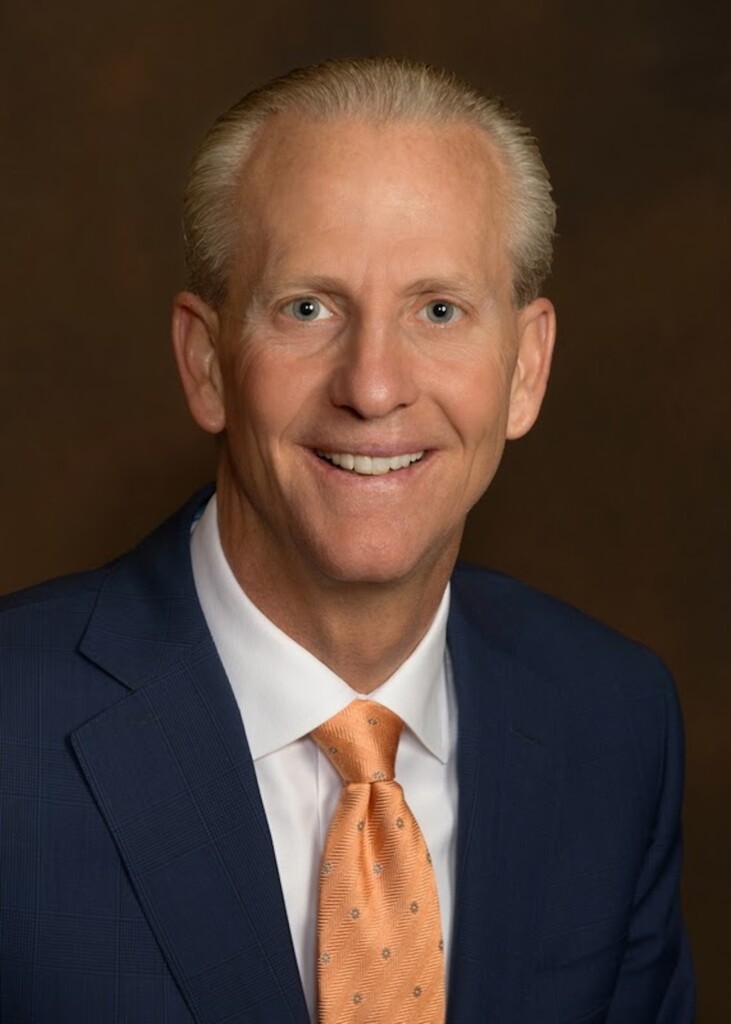
Who is Wayne Niederhauser?
In 2021 Wayne Niederhauser was appointed by Utah Governor Cox to become the State Homeless Coordinator after retiring as the Utah State Senate President in which capacity he served 12 years.
Niederhauser was earning a paltry $42,000 including benefits per year as a State Senator. He now earns $258,000 per year including benefits for “helping the homeless” by meeting with his committee members and allocating the funding for homeless initiatives and projects. This salary is on top of the significant wealth Niederhauser acquired operating CW Management, a real estate development and property management business.
Niederhauser and his partner Chris McCandless developed a large number of properties in Bluffdale, UT called Spring View Farms and Sage Estates where they collect upwards of $900 per month from most homeowners in the form of HOA fees, thanks to the pristine beauty of its location near the Jordan River Parkway.
Niederhauser was actively seeking to use his power as Utah State Senate leader to move the Utah State Prison site out of Bluffdale. Why wasn’t this ever questioned as a potential conflict of interest? Why is a man so intimately involved in development considered to be the best choice to be the State Homeless Coordinator?
While Utah Stories and our readers ask these questions, perhaps a better question is: Why isn’t The Salt Lake Tribune asking or attempting to answer these questions? The Salt Lake Tribune operates as a non-profit and is partially supported by donors and banks affiliated with housing and development in Utah.
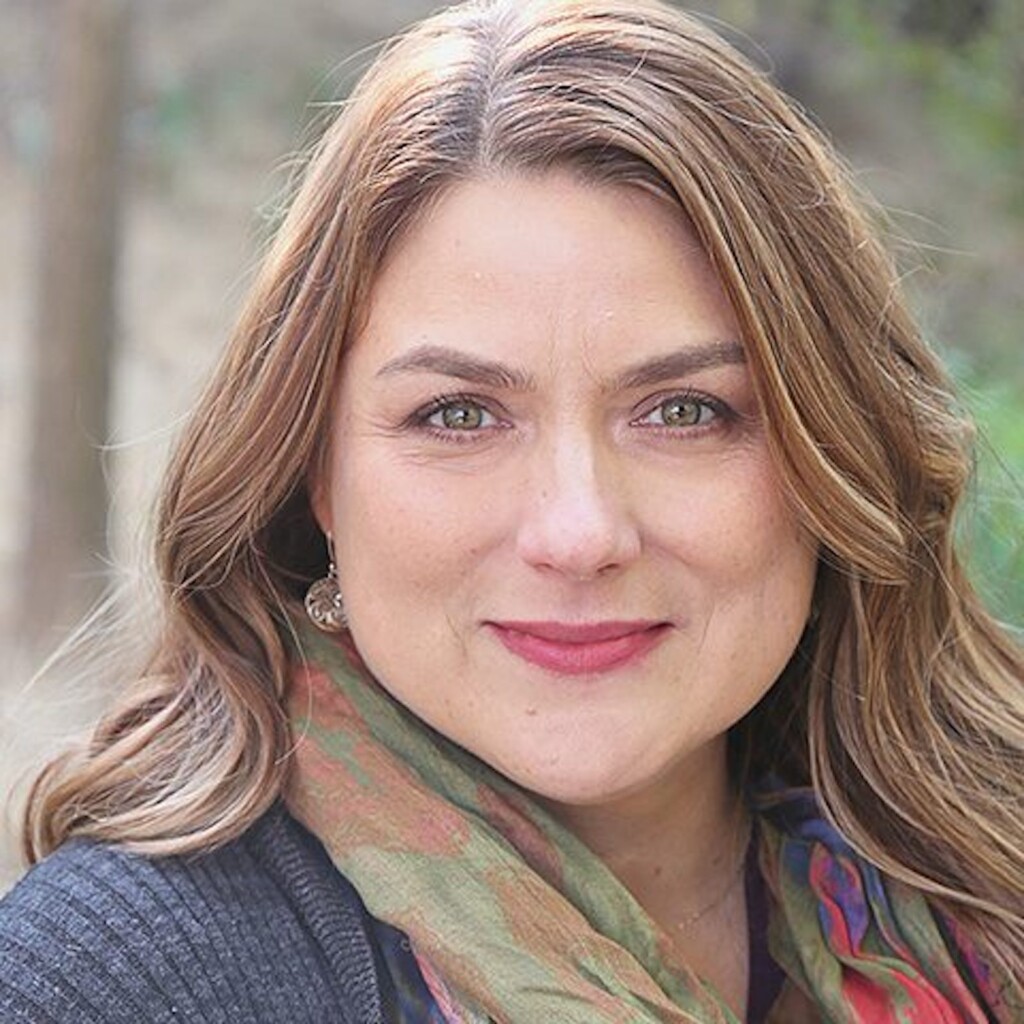
Who is Michelle Flynn?
Michelle Flynn is the CEO of the Road Home Organization, earning over $177,000 per year including benefits from her off-site executive offices. The Road Home operates multiple permanent supportive housing apartments as well as homeless shelters. Utah Stories has investigated the failure of the Magnolia Apartments in Salt Lake City over the past 18 months. This facility, according to both residents and managers Utah Stories has spoken with, hosts “drug parties, and nearly every tenant in the facility is using drugs,” we were told by one of the managers. Three of the tenants who reside there corroborate these facts.
Fifteen residents have died at the Magnolia since its opening, according to the manager. Utah Stories GRAMA request showed that as of October 2023 eight residents had died from mostly drug overdose deaths. The neighborhood around the Magnolia located at 165 South 300 East has severely deteriorated since the facility was opened in the summer of 2021. Many residents are moving out and selling their condominiums at a loss, according to area resident David Ibarra.
“This is now Salt Lake City’s Skid Row,” one resident said of the neighborhood, with drug dealers on every block intersection. The $16.4 million facility offers permanent supportive housing for mostly formerly homeless individuals. Utah Stories attempted to ask Flynn why drug users and traffickers are not screened and evicted? And/or why better rehab and support and work programs are not made available to residents? We are told that very few of the residents at the facility work or try to find work, but instead “use drugs all day.” Is this true?
Flynn has rejected our inquiries and invitations to come on the Utah Stories podcast. Wayne Niederhauser, Mayor Mendenhall’s office and Michelle Flynn have all refused to return our multiple calls or answer our most pressing questions concerning the failure of the Ramada Inn project and its sale to the Miller family, as well as the failure of the Magnolia Apartments.
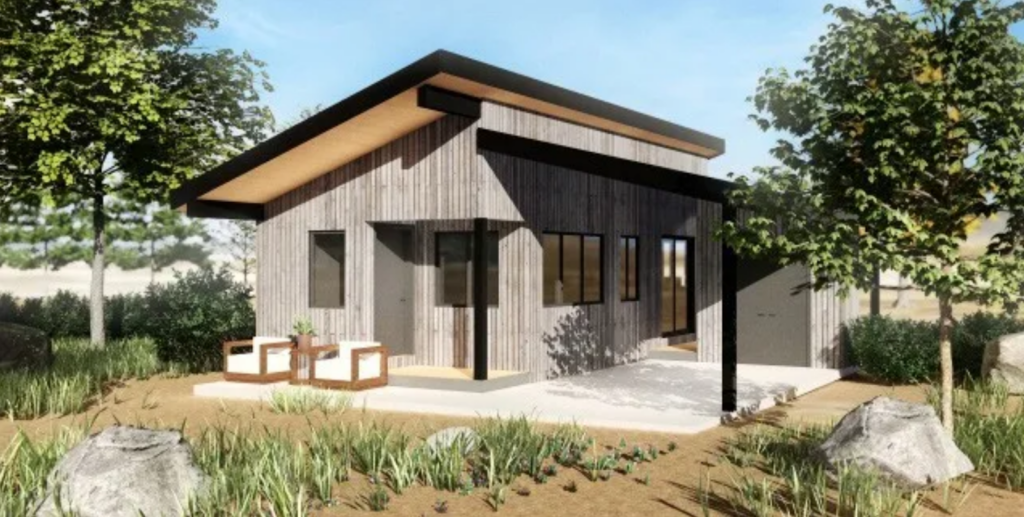
Who is Succeeding in Helping Provide Affordable Housing and Homeless Housing?
There are some exceptional success stories worth mentioning when it comes to providing the housing that the homeless greatly need. Many individuals work tirelessly to support the homeless in meaningful, life-changing recovery efforts.
A top provider of both homeless housing and permanent supportive housing is Switchpoint, operated by Carol Hollowell. Switchpoint provides wrap-around services that homeless individuals require as well as the peer-support they need to feel at home in their facility. Drug use at Switchpoint is never tolerated. Switchpoint is operating the new “micro-pod camp” which is 50 micro-units in downtown Salt Lake City offering chronically-homeless individuals a warm place to stay with support from multiple other non-profit organizations who provide food and mental health support. This first-ever sanctioned camp in Utah is exceptionally well-operated and the neighborhood around the facility has not deteriorated as neighbors feared, but instead is flourishing as many people who are in the camp have been able to get jobs and better housing.
The Other Side Academy (TOSA), operated under Joseph Grenny and David Dorocher, is doing an incredible job transforming the lives of former felons and drug addicts into productive citizens. TOSA also offers a peer-support model and work program that provides all of their tenants work, support, food, lodging and a stable environment for a long-term recovery without drugs or alcohol.
TOSA is currently building the first-ever tiny home village in Utah located on 86 acres at 856 West Indiana Avenue. The Other Side Village will offer housing to residents who have suffered from chronic homelessness or who suffer from disabilities. None of TOSA’s endeavors are supported by public tax dollars, but instead rely on the residents to provide revenue to support the facilities by paying rent through their work programs.Other organizations that are doing an excellent job helping the homeless include: Catholic Community Services, Unsheltered Utah, The Inn Between, First United Methodist Church, LDS Church Welfare Square, Crossroads Urban Center, Rescue Mission, Mental Health of America Utah, and many more.
Feature Image: The Ramada Inn on Redwood Road and North Temple, originally slated for homeless housing. Photo by Richard Markosian.

